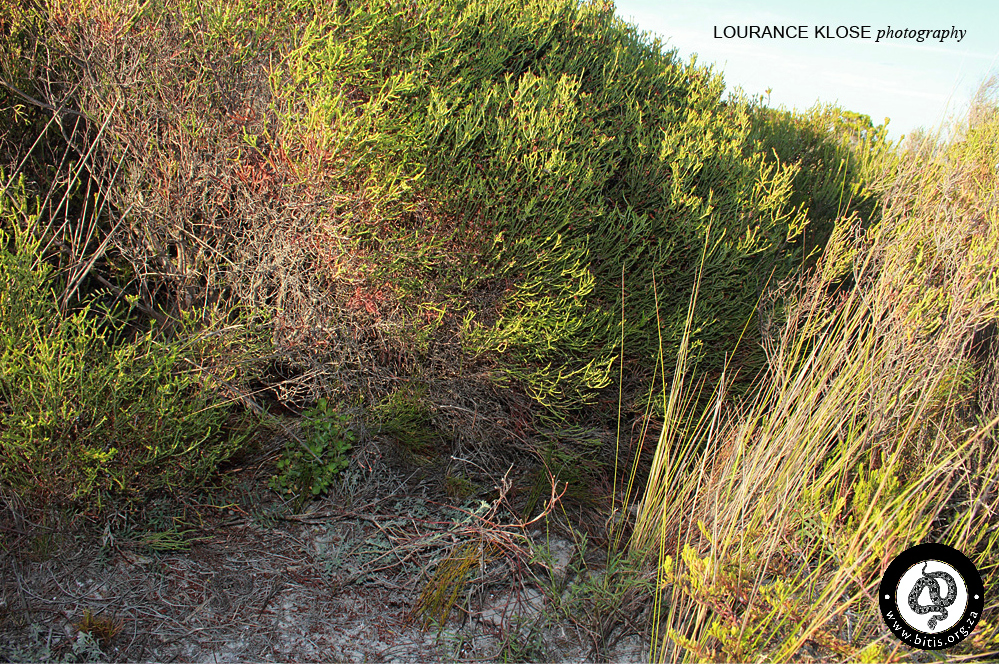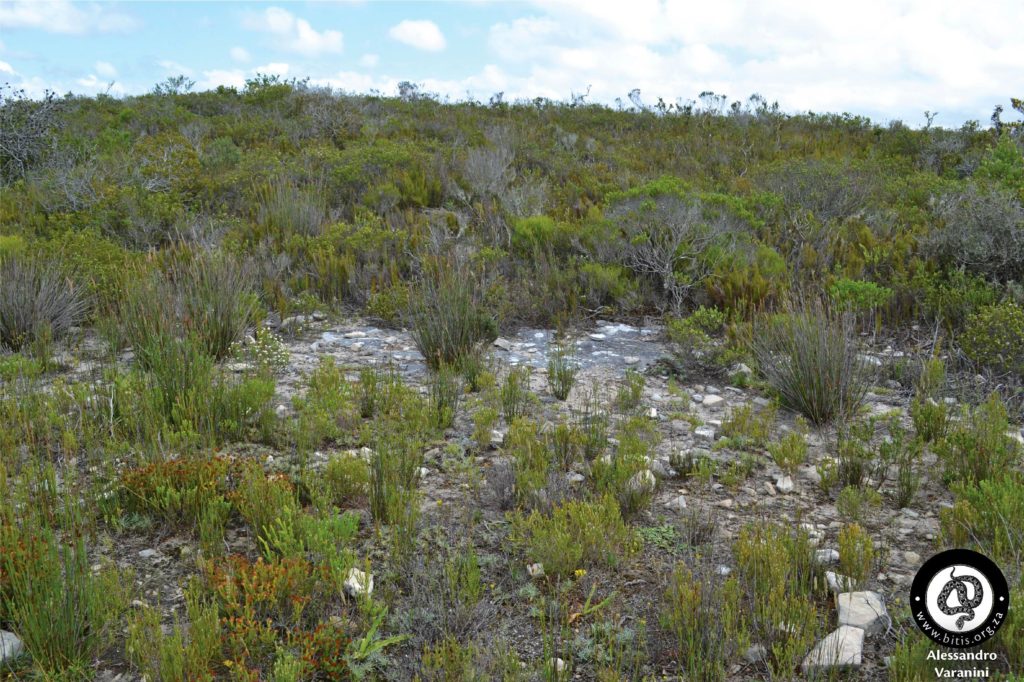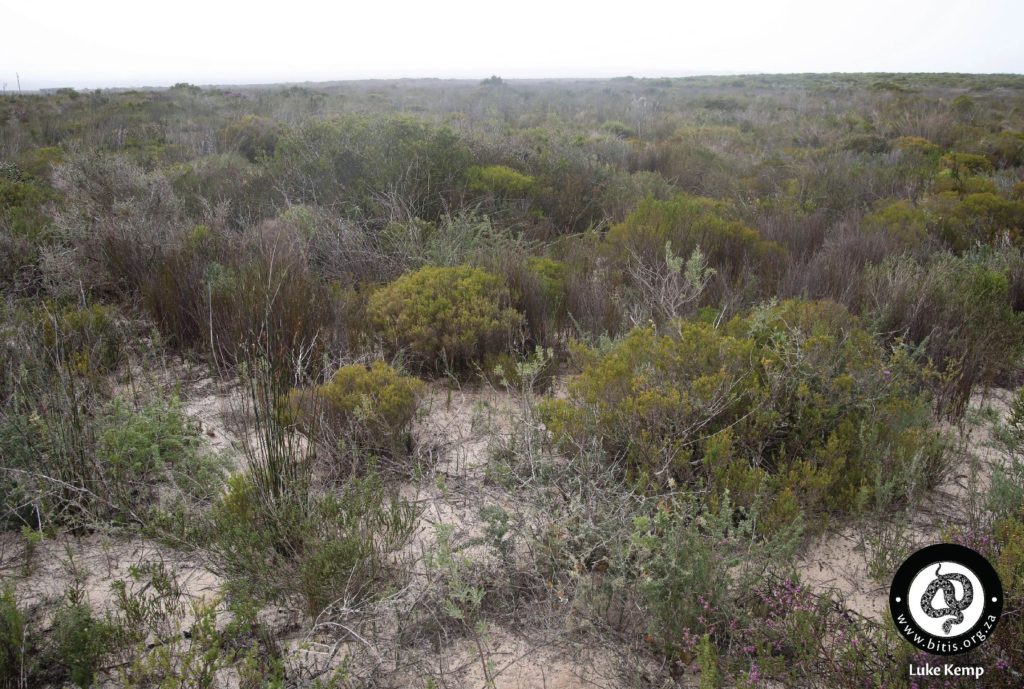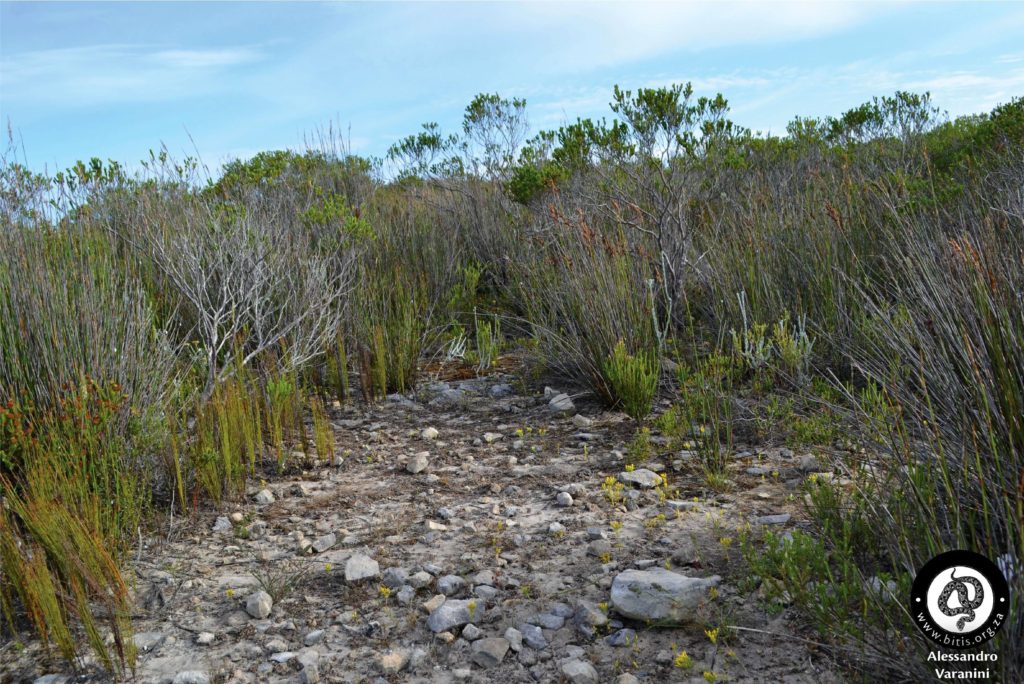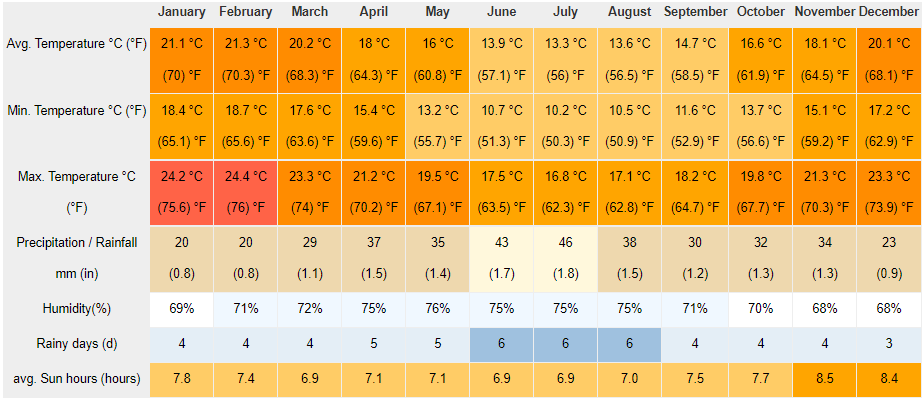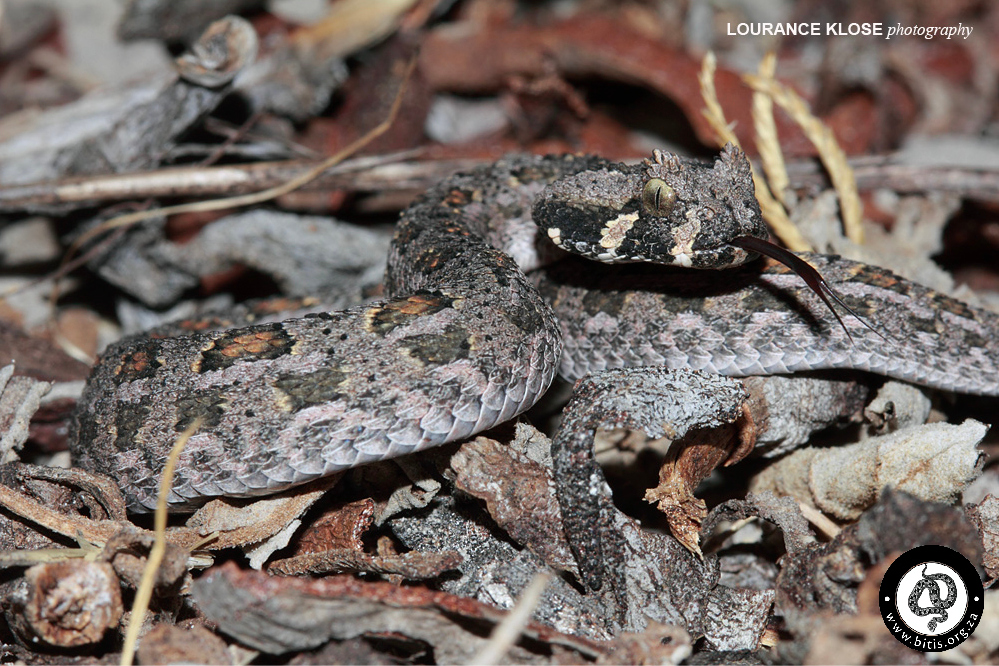Southern Adder (Bitis armata) - Captive care
These snakes occur in coastal dune thicket and fynbos and will often use vegetation to elevate themselves off the ground, so a captive environment should provide for this. Bitis armata are one of the most avid climbers of all the adders and have been found up to 2m off the ground.
An enclosure with a sandy substrate with minimal mixed stone and plenty vegetation will suit this species. They do take refuge under flat rocks if provided and will lie under a basking lamp, however average temperatures in the parts of the Cape which these snakes occur are much lower than those for desert species like Bitis xeropaga. Therefore avoid a basking spot warmer than 35° as well as high ambient temps within the enclosure.
Given their coastal habits higher humidity levels are not a major consideration for this species with higher rainfall during the winter months.
Bitis armata are one of the easier dwarf adder species to keep in captivity and generally do quite well. Mating occurs in late winter/early Spring with up to 12 babies born in mid to late summer.
Baby Bitis armata will usually feed on pink mice from the start, some keepers raise them on lizards or live fish.
Please note: This information serves only as a suggestion and is based on input from various experienced keepers. It is important that you gather as much info from various sources before deciding how best to care for your snake. Be sure to check with your local authorities what permits may be required in your area.

